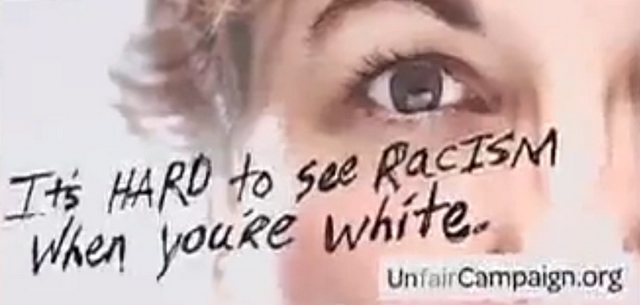Education is Politics
By: Ira Shor
Shor started the essay by asking a few questions: What is education like today? and What should education be? These are two very good questions that, to me, have two very different answers. today, education is based on molding the children into what school systems across the country think children need to learn. It doesn't matter how the children learn, their different needs and their different interests, all that matters is that they pass their tests.
Some children are audio learners, while others are visual. Some love to participate, as they are extroverts, while others do better listening, as they are introverted (shor also talks about this in the reading). Some children are interested in baking, cooking and sewing, while others are interested in sports, and cars - yet these interests don't matter because the children need to focus on reading, writing and math.
Uniqueness and individualism is really decreasing in classrooms, as each child is expected to know the same things and get the same good grades on class assignments. This is becoming more obvious to people, and i know a lot of students that are looking forward to teaching, but also dreading it because of the format they need to follow to teach their children. It is all based on the common core and what society thinks children need to know in order to achieve in life. Whether or not the child wants to be an astronaut or a stay at home mom - every child is forced to learn things that does not pertain to what they are interested in.

I love this picture! It shows a teacher on strike against the testing that is needed to take place. I know the reading wasn't based on kindergarteners, but all students shouldn't be forced to take standardized tests, as everyone has their own individual interests and needs.
The link above is an awesome article related to the cons of standardized testing. Its a very good read that definitely pertains to the article we read.



